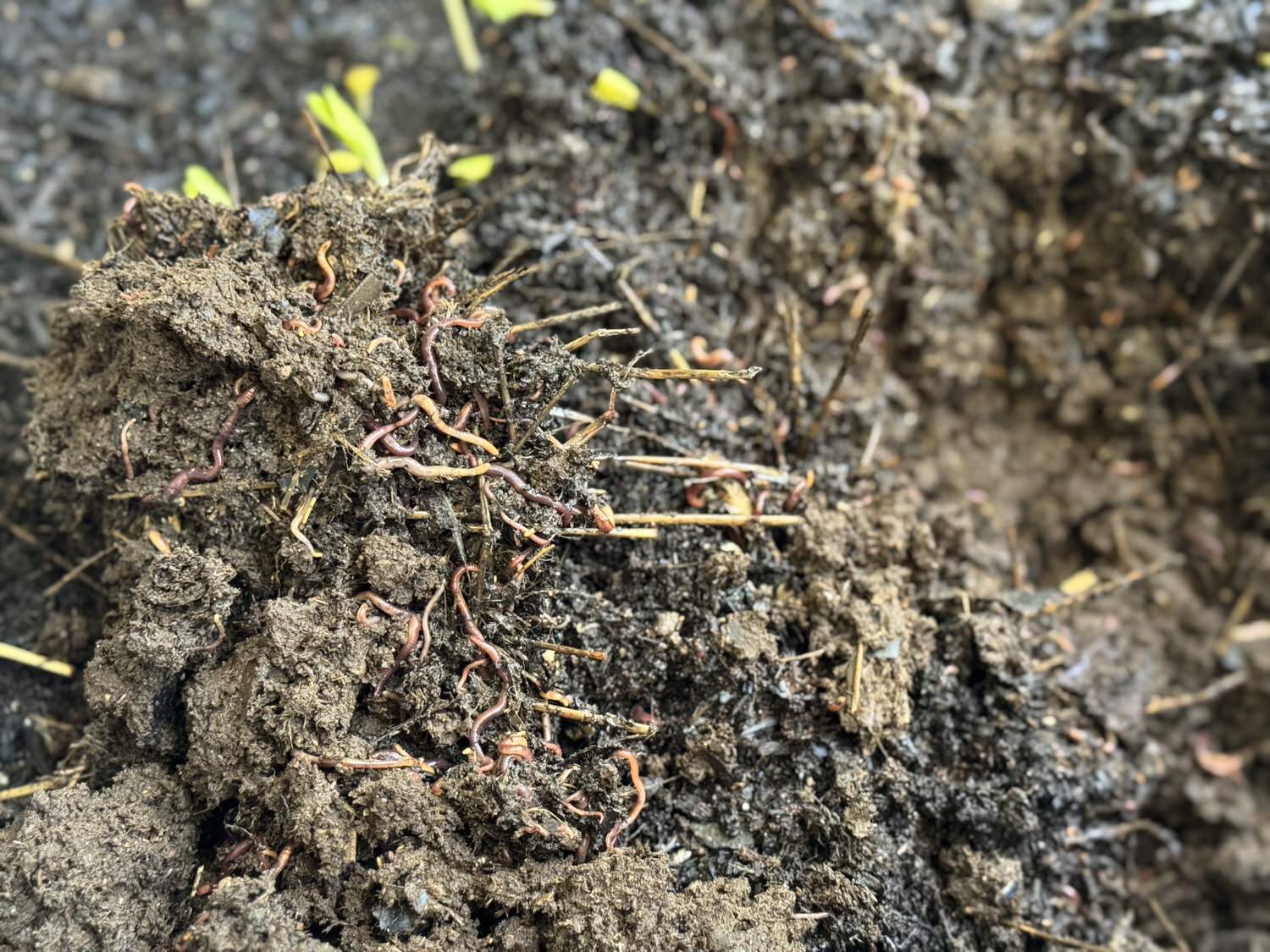In vermicomposting, worm population size is the cornerstone of processing efficiency. A thriving worm population in a well-managed farm can transform organic waste into nutrient-rich vermicompost at an impressive rate. Here’s how worm numbers drive efficiency and how to optimise your worm farm for maximum output.
Worm Population and Breeding: A Self-Regulating System
Compost worms, like Eisenia fetida, thrive in well-managed environments with optimal moisture (60–80%), temperature (15–25°C), and aeration. In such conditions, worm populations can double roughly every three months. Worms naturally breed and self-regulate their numbers to suit the available space and food supply. Overcrowding prompts reduced reproduction or migration, ensuring a balanced population that maximises processing capacity without stress.
Feeding Capacity: How Much Can Worms Process?
Worms are voracious eaters, consuming half their body weight in organic waste daily in standard conditions. In highly optimised worm farms, particularly those using manure-based feedstocks, worms can eat up to their full body weight per day. For example:
-
A 5 kg worm population can process 2.5-5 kg of waste daily.
This scalability makes worm population size directly proportional to processing efficiency—more worms mean more waste converted into worm cast.
The Golden Rule of Worm Farm Management: Don’t Overfeed
Effective worm farm management hinges on feeding. Overfeeding can lead to anaerobic conditions, heat build-up, and stressed worms, reducing efficiency. Follow this simple rule:
-
Feed half the bedding volume at a time.
-
Wait until half of the food is consumed before adding more.
This approach provides a clear gauge of your worm population’s processing capacity. If food disappears quickly, your worms are thriving and may support a denser population. If waste lingers, reduce feeding and check environmental conditions (moisture, aeration, temperature).
Optimising for Maximum Efficiency
To boost worm numbers and processing power:
-
Use nutrient-rich feedstocks like aged horse or cow manure to support higher consumption rates.
-
Consistent Feeding is important, don't allow your worms to go super hungry - this will reduce breeding rates.
-
Maintain ideal conditions: Keep bedding moist but not soggy, aerate regularly, and monitor temperature.
-
Monitor population growth: A doubling every three months indicates a healthy system. You should be able to visibly see that the worms are processing more inputs at the months go on.
-
Harvest castings regularly to maintain habitable space and encourage breeding.
Conclusion
Worm population size is the engine of vermicomposting efficiency. By fostering a thriving, self-regulating population through feeding and environmental management, you can maximise waste processing—turning manures, dead leaves and hay, kitchen scraps, or cardboard into valuable vermicompost. Feed smart, monitor consumption, and let your worms do the heavy lifting.


